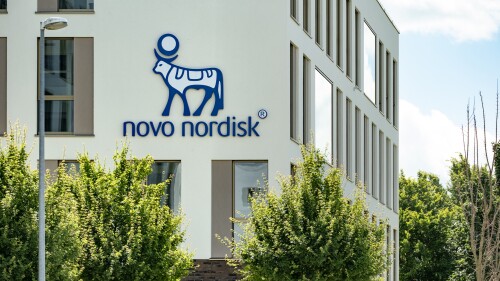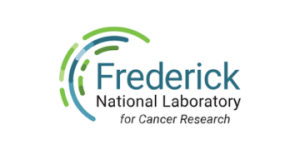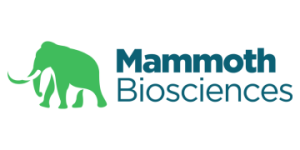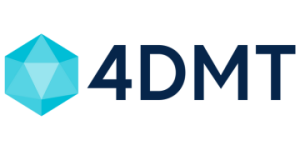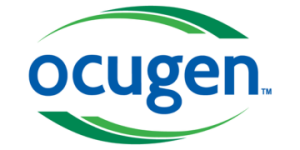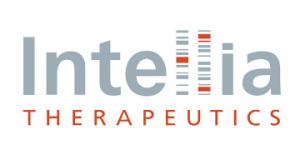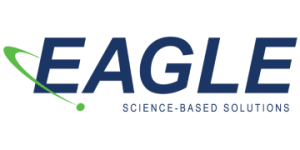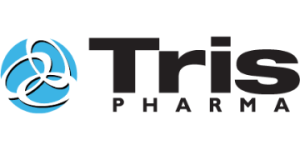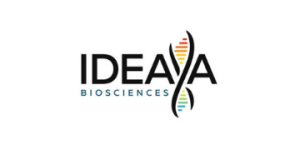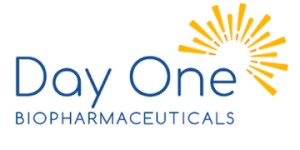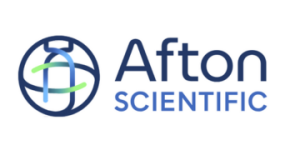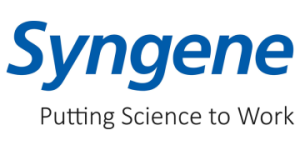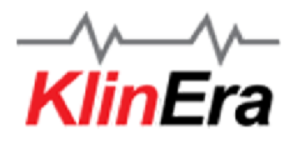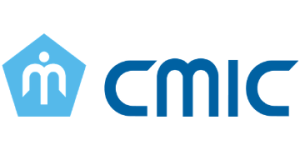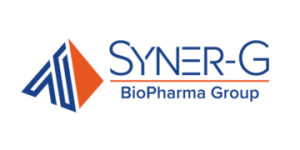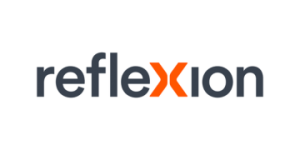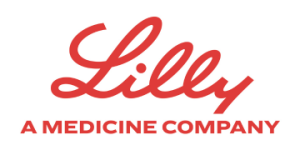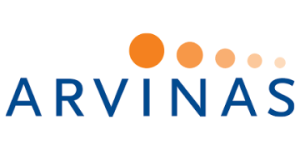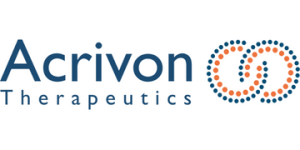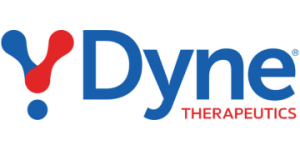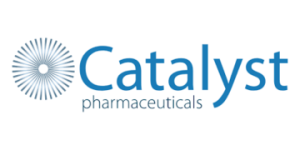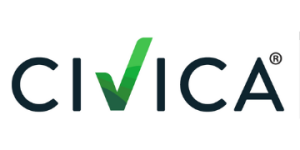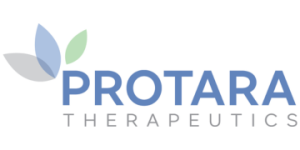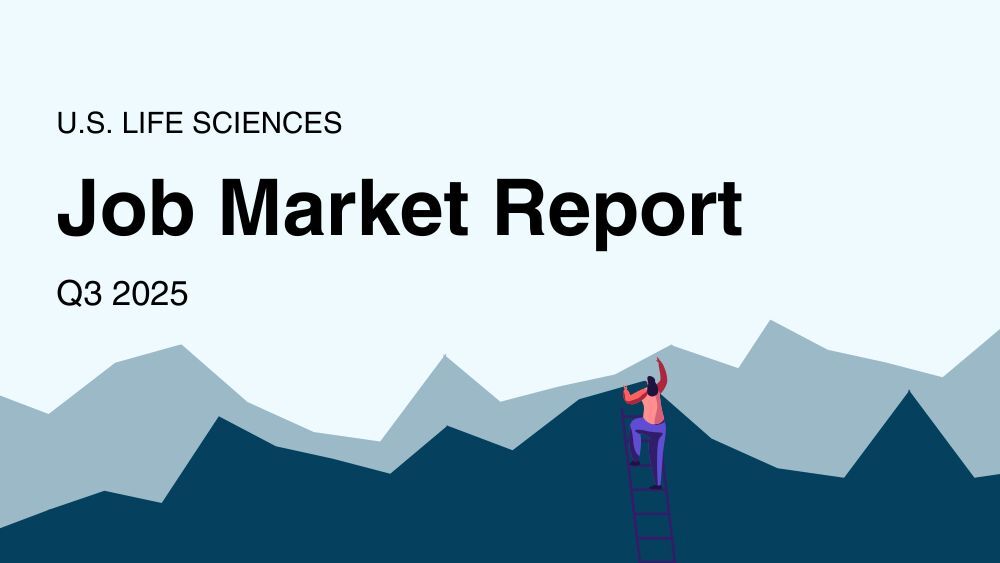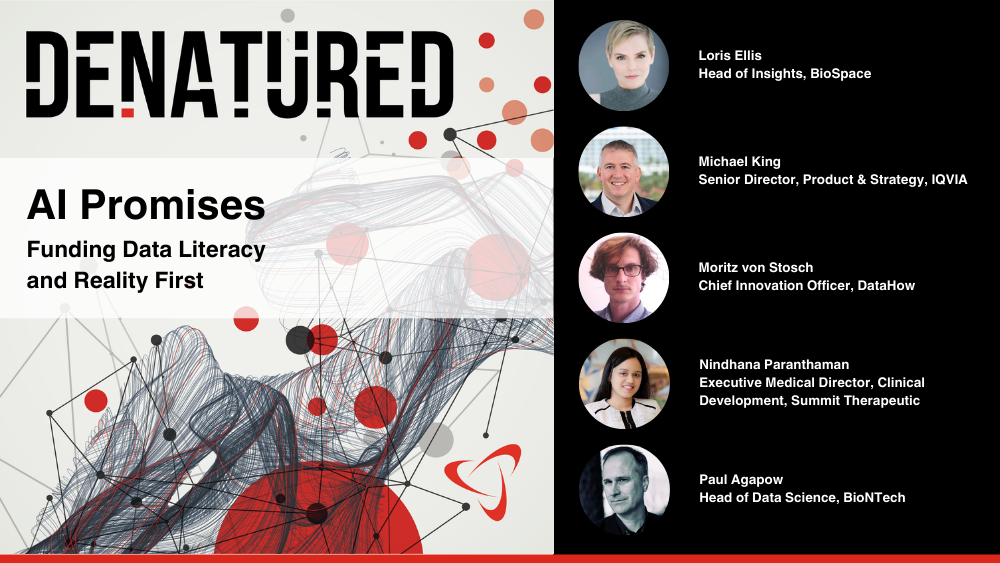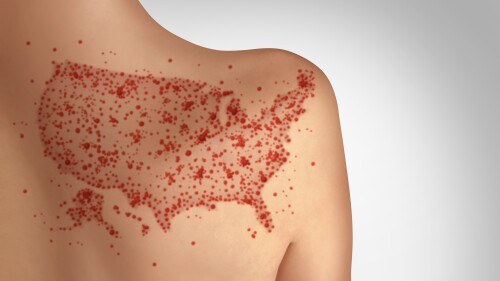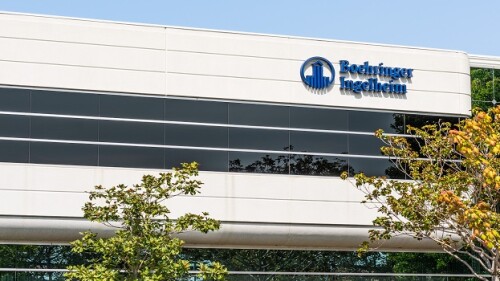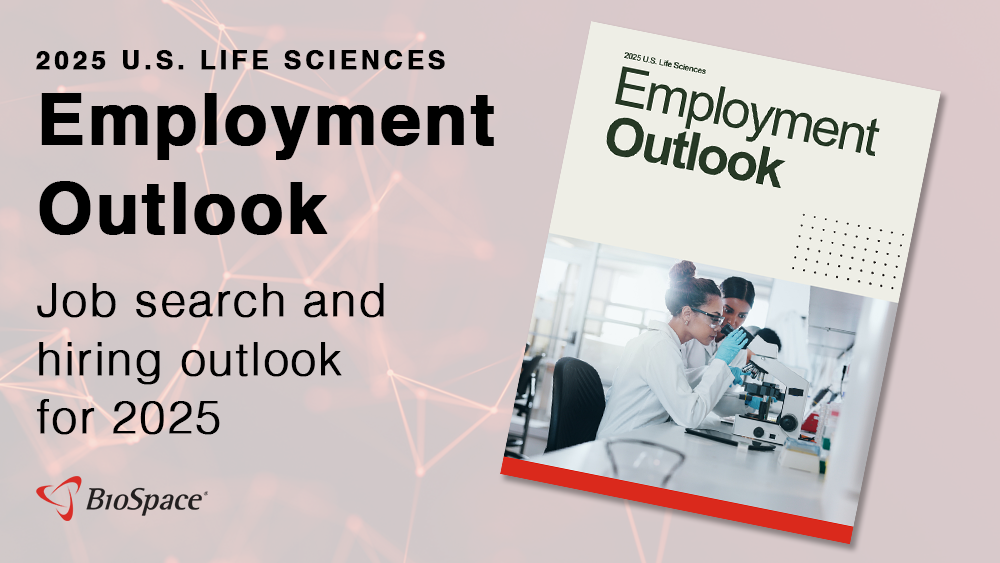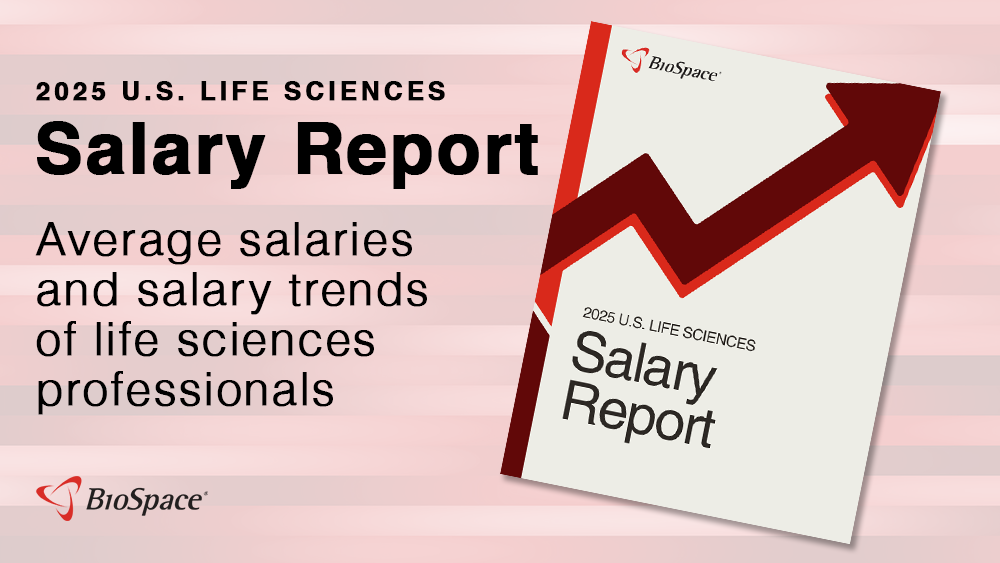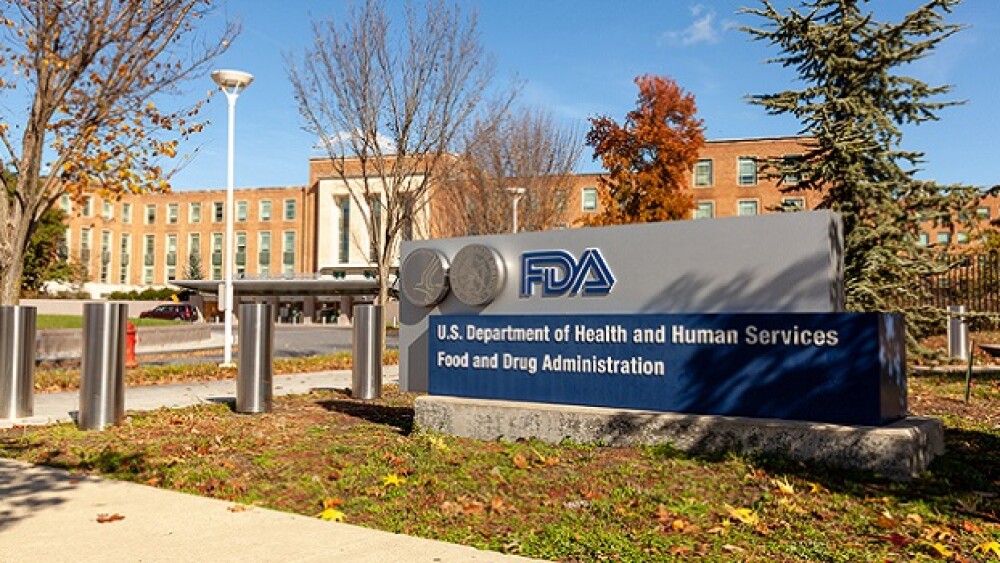Analysts at BMO Capital Markets expect the lack of other exon-44-skiping therapies to facilitate a “smooth” approval process for Avidity’s del-zota.
Claiming that the domestic market undervalues pharma innovation, Merck has decided to pull the plug on all of its R&D efforts in the U.K.
The autoimmune and inflammatory disease–focused company canceled plans to go public earlier this year as the IPO window slammed shut.
These 27 markets, comprising countries across Asia, Europe and South America, together contributed some 12% of Lundbeck’s earnings in 2024.
Jefferies analysts expect a regulatory filing for rocatinlimab later this year, with a product launch in 2026.
Cullinan Therapeutics and Taiho Oncology’s zipalertinib elicited promising response rates in two mid-stage studies of non-small cell lung cancer patients with typical and uncommon EGFR mutations.
FEATURED STORIES
Johnson & Johnson’s Joaquin Duato is no longer the highest paid CEO in pharma. Meanwhile, just two women make the top 10.
AI is enabling the development of a next generation of drugs that can more precisely target cancer cells while sparing healthy tissues.
After the gutting of the Department of Health and Human Services, fears mount about the future direction of the FDA—with regulatory experts predicting delays in drug approvals and greater influence of political appointees.
Lined up for the FDA in the coming weeks are a cell-based gene therapy for a rare skin disease and two product expansions for Regeneron, one with partner Sanofi.
As the biopharma industry grapples with the uncertain macro environment brought on by the new administration, CEOs, regulators and many others speak out.
Pharma stocks went on a wild ride Wednesday amid whiplashing tariff threats from the U.S. president.
LATEST PODCASTS
Infusions of Vertex and CRISPR Therapeutics’ Casgevy and bluebird bio’s Lyfgenia have begun; Moderna targets 10 approvals through 2027; more oral obesity drug data; the latest from ESMO and more.
In this episode, Lori and guests discuss practical approaches regarding artificial intelligence and investor and industry confidence in its current state.
BioMarin’s new business strategy leaves investors with questions; Lykos CEO steps down; Terns releases compelling data on oral weight loss candidate; and more.
Job Trends
Intellia Therapeutics, Inc., a leading clinical-stage genome editing company focused on revolutionizing medicine with CRISPR-based therapies, announced long-term data from the Phase 1 portion of the ongoing Phase 1/2 study of NTLA-2002.
Subscribe to Genepool
Subscribe to BioSpace’s flagship publication including top headlines, special editions and life sciences’ most important breaking news
SPECIAL EDITIONS
In this deep dive, BioSpace investigates China’s rise as a biotech powerhouse.
In this deep dive, BioSpace explores the next big thing in obesity.
BioSpace did a deep dive into biopharma female executives who navigated difficult markets to lead their companies to high-value exits.
DEALS
-
Sanofi will sell a 50% controlling stake in consumer healthcare unit Opella to private equity firm CD&R, with the French government taking a stake as well to ensure the business remains in the county.
-
European CDMO Ardena will buy Catalent’s oral solids manufacturing facility in Somerset, N.J.
-
Senator Elizabeth Warren told the Federal Trade Commission that the acquisition of contract manufacturer Catalent could increase Novo’s dominance over the hot GLP-1 market, reducing competition and increasing prices.
-
After four patient deaths, Kezar’s lupus trial is officially on hold, sparking investor Kevin Tang’s interest for acquisition.
-
Big Pharma can’t seem to get enough radiopharmaceutical biotechs. With Lilly, Sanofi and BMS chasing Novartis into the complex space, all eyes are on these specialty biotechs.
WEIGHT LOSS
-
The company’s lead asset is a potentially first-in-class oral GLP-1 receptor agonist that has the potential to be dosed weekly, which according to CEO Khurem Farooq can help improve accessibility and affordability.
-
According to BMO Capital Markets, Medicare coverage of Lilly’s Zepbound opens the door to using secondary indications to secure CMS coverage for obesity drugs.
-
The FDA recommended maintaining a minimum of 5% weight-loss for drug developers seeking to establish the efficacy of their investigational obesity candidates.
-
BioSpace presents 25 noteworthy biopharma startups in ’25; analysts forecast stronger M&A as the J.P. Morgan Healthcare Conference kicks off next week; GLP-1s continue to expand their reach as Novo, Lilly fight against compounders; and a look ahead to five key FDA decisions in Q1.
-
Months after posting weight loss of 7.5% at 36 days for patients taking MET-097i, Metsera releases mid-stage results of just over 11% average body weight reduction at 12 weeks, with no plateau and a promising safety profile.
POLICY
-
The Most Favored Nation order is unlikely to deliver broad, sustained savings without triggering legal challenges, administrative friction and unintended consequences for both the healthcare sector and patient access.
-
In a year when eradicated diseases are on the uptick in America, how will American children survive RFK Jr.’s vaccine scrutiny and inconsistency? Two experts call on pharma and regulatory bodies to rebuild trust.
-
While sparking excitement among biopharma companies focused on rare and ultrarare indications, experts say FDA Commissioner Marty Makary’s proposal is light on details and raises potential concerns about safety, access and liability.
-
While the Trump administration has painted the jettisoning of staff and regulations as good for business, there are multiple reasons it’s unlikely to work out that way.
-
At a sometimes-contentious U.S. Senate hearing, the Health and Human Services secretary was evasive on the rationale behind cuts being made to the department and his endorsement of the measles vaccine amid a rapidly growing outbreak.
BioSpace spoke with industry experts to find out the differences between working in pharma and biotech and how to know if a pharma company is right for you.
According to a survey by CareerBuilder, 23% of hiring managers spend less than 30 seconds reading a resume. Make the most of those seconds with these five tips to make your resume stand out.
We spoke with Alison Senkovich O’Sullivan, Senior Director of Human Resources at Athersys, about how to ace an interview and what candidates can do to prepare.
BioSpace spoke with Annick Deschoolmeester, Head of Human Resources at Pharvaris, about some of the ways she’s noticed small companies differ from large ones.
We sat down with Associate Director of Talent Acquisition Jennifer Metivier and Chief People Officer Jennifer Peterson of Obsidian Therapeutics to discuss what type of candidates they prefer.
If you’re considering a career change from pharma to biotech, you’ll be happy to hear that according to industry experts, the transition is more common than you might think.
HOTBEDS
REPORTS
In this Employment Outlook report, BioSpace explores current workforce sentiment, job activity trends and the prospective job and hiring outlook for 2025, particularly as it compares to the previous year.
BioSpace’s third report on diversity, equity, inclusion and belonging in life sciences examines dramatic shifts in attitude around diversity initiatives.
CANCER
-
The approval for the first-line treatment of esophageal squamous cell carcinoma comes shortly after a label expansion for the drug in gastric and gastroesophageal cancers as BeiGene also pushes forward a pipeline of novel cancer therapies.
-
The partners are pushing to expand Enhertu’s list of indications beyond its standing uses in breast, lung and gastric cancers.
-
Protagonist Therapeutics notches a milestone in its pact with Takeda for rusfertide. New data show that many patients with a chronic blood cancer taking the drug didn’t need to have their blood removed to bring down dangerously high hemocrit levels.
-
More than a decade after Merck’s Keytruda and BMS’ Yervoy ushered in the immuno-oncology revolution, the space is at a crossroads, with experts highlighting novel targets, combinations and pre-emptive immunization as the next wave for IO.
-
The company will push through with an accelerated approval application for odronextamab in follicular lymphoma, leaving diffuse large B cell lymphoma behind.
NEUROSCIENCE
-
The FDA is putting Atara’s active Investigational New Drug applications on hold due to manufacturing concerns at a third-party provider while releasing Amylyx’s investigational ALS therapy from a previous pause.
-
Computational research conducted by scientists from Washington University in St. Louis shows that GLP-1 agonists can have mental and cognitive health benefits but may also harm the kidneys and pancreas.
-
Biogen’s effort to buy Sage reveals its “desire to expand its pipeline at a discount,” according to analysts from BMO Capital Markets.
-
As the year gets underway, analysts and biotech executives highlight cell therapy’s pivot from oncology to autoimmune diseases, a continued appetite for next-generation obesity drugs and an increased focus on neuromuscular, kidney and cardiovascular diseases.
-
Boehringer Ingelheim’s trio of late-stage schizophrenia failures on Thursday came a day after the Department of Health and Human Services hit back on the pharma’s legal challenge to the IRA’s drug price negotiation program.
CELL AND GENE THERAPY
-
By mid-2025, the biotech will split into two entities: a new, as-yet-unnamed innovative medicines specialist and a cell therapy company, the latter of which will inherit the Galapagos name.
-
From ADCs and radiopharmaceuticals to cell and gene therapies, eager young startups are betting on advances in biopharma’s most competitive therapeutic spaces—and attracting dollars from Big Pharma.
-
Sangamo is on course to run out of money within months and has now lost access to up to $220 million in milestone payments from Pfizer.
-
The approval concludes what has been a difficult regulatory path for Ryoncil, which suffered FDA rejections in 2020 and 2023.
-
Tenaya’s share slump following the TN-201 data drop could be due to its “significantly lower” level of RNA expression in the Phase Ib/II trial than in preclinical models, according to William Blair analysts.



